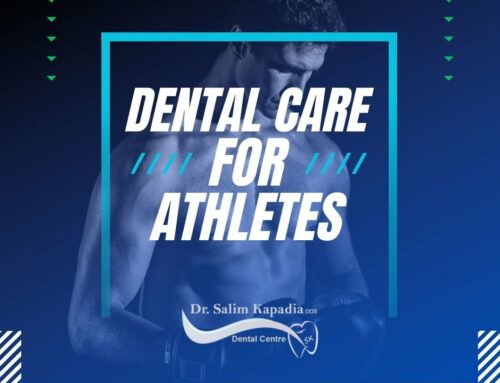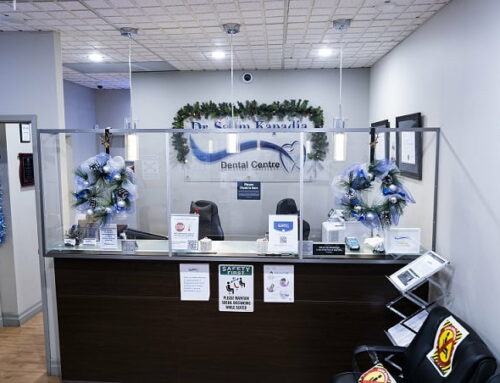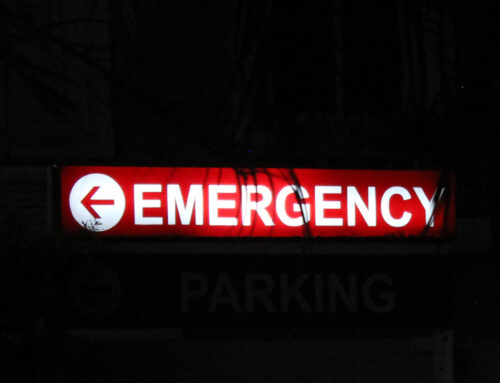
Cracked Tooth Syndrome (CTS) occurs when a tooth has cracked partially but no part of it has broken off. As people are keeping their natural teeth longer, fractured teeth are becoming more common. In addition to the increased use of teeth for longer periods of time, the number of dental operations performed on each tooth is increasing, making them more vulnerable to cracking. Cracked tooth syndrome has a wide variety of symptoms, making it notoriously difficult to diagnose.
The first symptom of a cracked tooth is often intermittent pain in the tooth when you bite or chew. It’s likely that the tooth only hurts when you eat certain foods or bite in a certain way. When you eat sugary foods, the sugar leaks into the crack in your tooth, triggering pain. You won’t have continuous pain as you would with a cavity or abscess, but your tooth may get more sensitive to cold temperatures. Many people with CTS have symptoms for months, but diagnosing it can be difficult because the symptoms aren’t always constant.
Diagnosis of cracked teeth becomes more difficult because the crack may not be visible. This is a symptom of broken tooth syndrome: intense pain without the dentist being able to see any abnormality with the tooth, either by clinical examination of the mouth or, in some cases, radiographs (x-rays).
Your dentist may need to perform a root canal treatment, extraction, filling or simpler procedures depending on your oral health condition. You can wear a nightguard to prevent cracking your tooth from grinding or clenching during sleep. Taking care of your oral health properly can prevent such issues. If you suspect you may have CTS, let your dentist know and book an appointment with them for diagnosis.
Dr. Salim Kapadia Dental Centre in Scarborough offers both preventative and emergency dentistry services. Call us at 416-321-3268 or click here to book an appointment.





